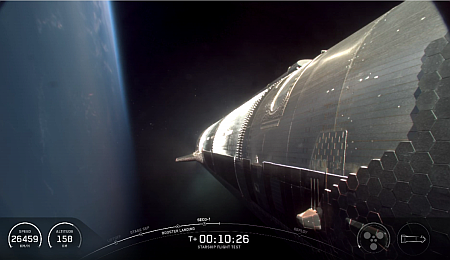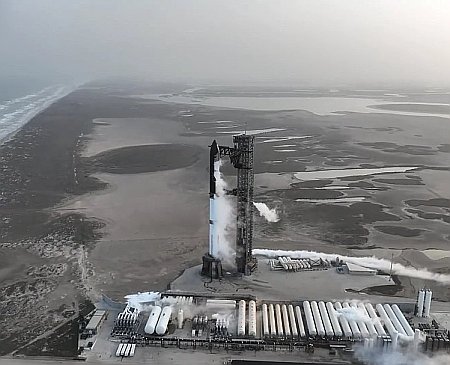Judge rules that SpaceX’s lawsuit against the California Coastal Commission can go forward
A federal judge yesterday ruled that SpaceX’s lawsuit against the California Coastal Commission for its actions attempting to block Falcon 9 launches at Vandenberg because a majority of the commissioners don’t like Elon Musk’s politics can now go forward.
U.S. District Judge Stanley Blumenfeld Jr., a Donald Trump appointee, denied in part California’s request to dismiss the case at a hearing Friday in Los Angeles federal court. In a tentative decision, which wasn’t made publicly available, the judge rejected the state’s argument that four of SpaceX’s claims for declaratory relief weren’t “ripe” because the commission hadn’t enforced a threatened requirement for SpaceX to obtain a coastal development permit for the expanded launch schedule. “The tentative doesn’t find that the evidence is compelling, but that it is sufficient at this stage,” the judge said at the hearing.
This same judge had earlier ruled in favor of the coastal commission, noting that the commission has no real power to limit SpaceX operations at the military base and thus the company could not demonstrate harm. SpaceX amended its complaint to emphasize the harm caused to Musk’s free speech rights, and this was sufficient for the judge to change his ruling in favor of SpaceX.
This ruling doesn’t mean SpaceX and Musk have won. It means the judge considers their case sufficient for it to the lawsuit to proceed.
SpaceX’s complaint stems from an insane October 2024 hearing before the commission, where multiple commissioners came out against a SpaceX request to increase its launches at Vandenberg not because it might harm the environment but because Elon Musk now supported Donald Trump.
Their actions that day were a clear abuse of power for political reasons, and a clear violation of Elon Musk’s right to free speech.
A federal judge yesterday ruled that SpaceX’s lawsuit against the California Coastal Commission for its actions attempting to block Falcon 9 launches at Vandenberg because a majority of the commissioners don’t like Elon Musk’s politics can now go forward.
U.S. District Judge Stanley Blumenfeld Jr., a Donald Trump appointee, denied in part California’s request to dismiss the case at a hearing Friday in Los Angeles federal court. In a tentative decision, which wasn’t made publicly available, the judge rejected the state’s argument that four of SpaceX’s claims for declaratory relief weren’t “ripe” because the commission hadn’t enforced a threatened requirement for SpaceX to obtain a coastal development permit for the expanded launch schedule. “The tentative doesn’t find that the evidence is compelling, but that it is sufficient at this stage,” the judge said at the hearing.
This same judge had earlier ruled in favor of the coastal commission, noting that the commission has no real power to limit SpaceX operations at the military base and thus the company could not demonstrate harm. SpaceX amended its complaint to emphasize the harm caused to Musk’s free speech rights, and this was sufficient for the judge to change his ruling in favor of SpaceX.
This ruling doesn’t mean SpaceX and Musk have won. It means the judge considers their case sufficient for it to the lawsuit to proceed.
SpaceX’s complaint stems from an insane October 2024 hearing before the commission, where multiple commissioners came out against a SpaceX request to increase its launches at Vandenberg not because it might harm the environment but because Elon Musk now supported Donald Trump.
Their actions that day were a clear abuse of power for political reasons, and a clear violation of Elon Musk’s right to free speech.



